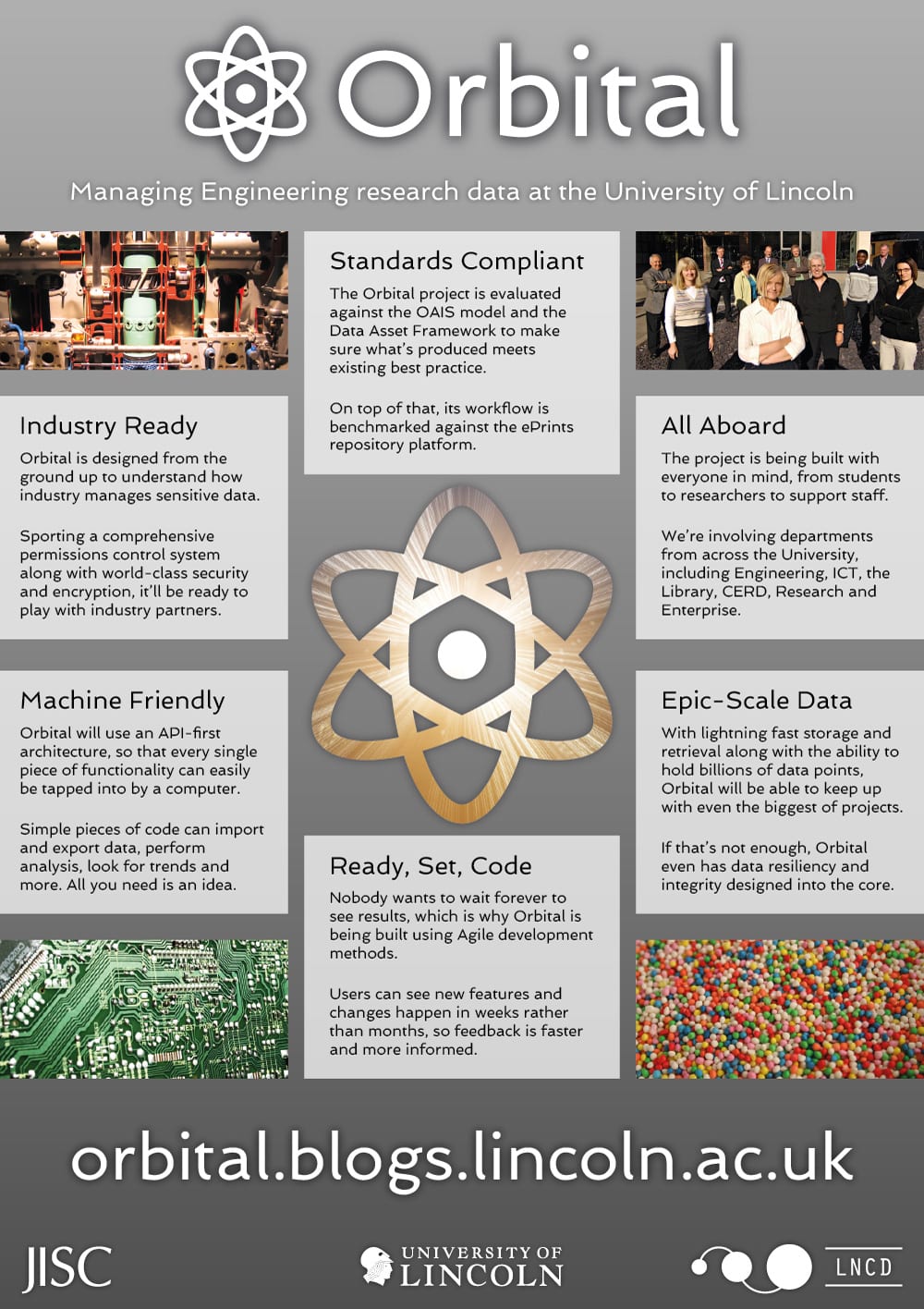As I’ve been looking closer at various requirements for Orbital, as well as other research data management projects, it’s becoming increasingly apparent that Orbital has taken a different tack when it comes to defining what research data actually is. Whilst not a problem, it does lead to a certain disconnect when talking to people with a different idea about what data means. When it comes to storing data the disconnect is even bigger, caused by people experiencing problems breaking the transit format of the data away from the data itself. In true engineering/computing style, it’s time for an analogy. I’m using sweets because hey, sweets are awesome.

Imagine a tube of Smarties (or sugar-coated chocolate beans of choice). When I talk about research data I’m talking about the individual smarties, the individual nuggets of information. You could tip 100 tubes of smarties into a bowl and you’d just end up with a big pile of smarties. You could then go through and sort the smarties by colour, or perform some other type of organisation. Since you’ve got the individual smarties out of their containers it’s a lot easier to see a whole overview and work with them all at once.
Taking this approach makes sense to me, because if I want to throw in a couple of bags of Peanut M&Ms I can do without suddenly having a tube saying “Smarties” which contains nuts. I can still sort my pile of sweets into colours, or into types. I can orient them by the little letters on top. I could throw in a handful of jelly beans and a bar of chocolate broken into squares, and then order by sugar content, colour, and number of artificial flavours. The possibilities are quite literally limited only by my tolerance for sugar highs.

